I will never grow weary of being a harpsichord maker. The dialogue with the wood to capture all its sonic possibilities is so stimulating. This continuous search for the perfect sound to personalise each stop is essential, but it is also important to imagine if the combination of sounds will be harmonious, that same harmony sought by string quartets.
The adjustment is a key moment: each harpsichord requires a specific adjustment to optimise the sound potential. The right adjustment and a good voicing achieved by the harpsichord maker also make it easier for the harpsichordist to adapt their touch to the instrument.
The keys are hollowed out at the end and stabilised.
Harpsichords
I use high quality wood to make the jacks for my instruments: service tree wood for the body and hornbeam for the tongue.
The soundboard is made of Haut-Jura spruce, rigorously selected for its sound and mechanical qualities.
Grey poplar, walnut, and spruce are most often used for the case.
Decoration on request: soundboard, lid, and case.
The instruments are transposing; the A can be 415 Hz (baroque pitch) or 440 Hz (pitch standard).
I propose harpsichords of my own design inspired by French, Italian and German schools, and also harpsichords similar to historical harpsichords.
Study harpsichords

French-German harpsichords

French harpsichords XVII - Single Manual
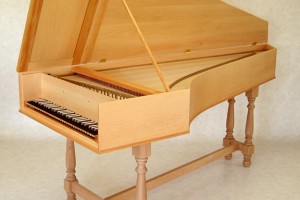
Double top harpsichords
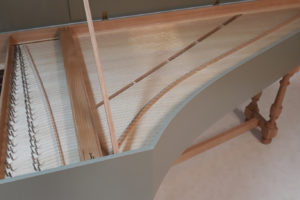
Italian harpsichords
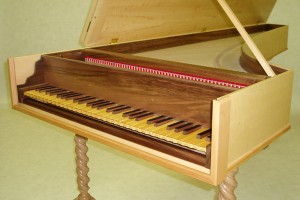
German hapsichords - Double-manuals
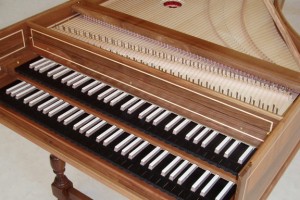
French harpsichords XVIII - single manual

French harpsichords XVIII - double-manual
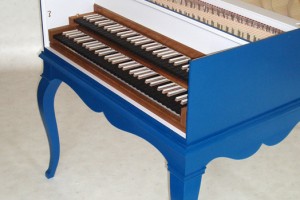
pedals Harpsichords
